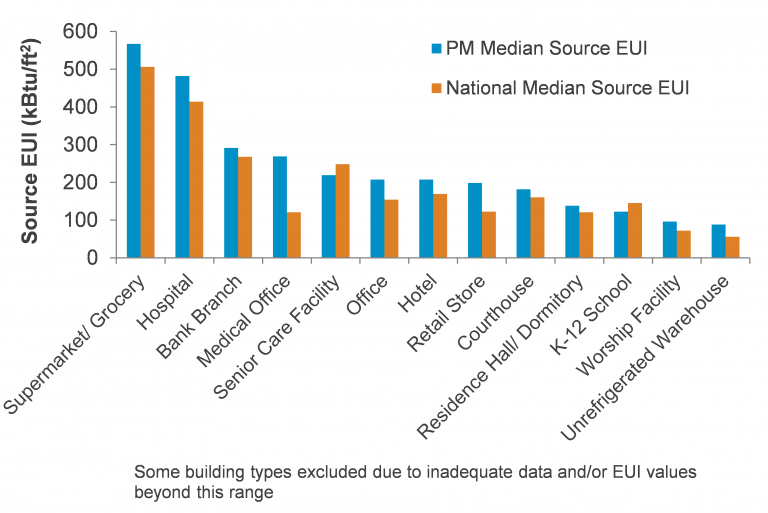 In a blog post earlier this year about ESG and Real Estate, GRESB CEO Nils Kok mentioned the “GRESB Six Stages of Grief.” I can imagine that a month and a half into the 2016 Assessment some of our property company and fund manager participants are deep in stage 2: Anger. Does this sound like you? Well, after a season of refining, revising, many late nights of burning the midnight oil to meet Pre-Release and Release deadlines, and hundreds of assessments staring us in the face for validation, believe me, we understand!
In a blog post earlier this year about ESG and Real Estate, GRESB CEO Nils Kok mentioned the “GRESB Six Stages of Grief.” I can imagine that a month and a half into the 2016 Assessment some of our property company and fund manager participants are deep in stage 2: Anger. Does this sound like you? Well, after a season of refining, revising, many late nights of burning the midnight oil to meet Pre-Release and Release deadlines, and hundreds of assessments staring us in the face for validation, believe me, we understand!
The Performance Indicators Aspect, where we ask participants to fill in portfolio-level performance data on energy, water consumption, GHG emissions and waste, always seems to evoke a particular kind of anger and frustration. Since we are continually trying to improve our data quality and make the Assessment as user-friendly as possible, we sent our IT and Data Analytics team out into the Vermont wild a few months ago and told them not to come back until they had come up with something great. Well, they came back and we weren’t disappointed.
This year we have launched an array of new tools to assist Assessment participants with the collection and aggregation of their asset data in order to input it at the portfolio level. However, as in past years, participants can still manually aggregate their consumption data and then submit it at the portfolio level in the GRESB Portal, or they can use the GRESB Asset Spreadsheet to aggregate and upload. It’s good to understand at least in theory how the spreadsheet works, and those who attended a training this year might remember spending some time practicing using the spreadsheet for energy consumption of “Private Parent” company.
What our IT team has come up with new this year is are data convertors and mapping tools. The GRESB data converters allow the conversion of data from third party systems into a format suitable for submission to GRESB. This means that if you use the EPA Energy Star Portfolio Manager, with a simple download and upload, you can easily report your facility energy consumption data to GRESB. Likewise, the GBCA Green Star Performance Portfolio has a detailed GRESB mapping scheme that identifies which credits align with the GRESB Assessment for GHG and water emissions data, and translates this directly into the Asset spreadsheet. We have also implemented data mapping using the Building Energy Data Exchange Specification (BEDES) from the US Department of Energy, whereby our system identifies alignment between GRESB metrics and terminology and third party systems.
As an additional element, we’ve launched the Asset Interface this year. Our tech team created an Automated Data Feed that works in conjunction with our Data Provider Partners, like Goby, to export energy, GHG emissions, water and waste data directly from their data collection systems at the asset level into the Performance Indicators Aspect of the Assessment.
While we are still looking at ESG data and performance indicators on a portfolio level, the benefit of these new asset level tools is that they will help improve the quality of both input and output data. When information is entered at the asset level it becomes possible to do outlier checks for a specific portfolio, and by using these new systems, data is aggregated automatically, decreasing the chance of human error. It also means the assessment can produce better feedback for participants.
While writing this piece, I came across a NY Times article about investors increasingly using ESG performance data to make profitable trades, and a growing trend to outsource these decisions to algorithms rather than human investors. So if this is the direction we are moving in—a numbers game and increasing reliance on pure data— and knowing that we are working hard on our end to decrease the reporting burden for participants and increase the data quality, perhaps you’ll find yourself at stage 5 Acceptance, and maybe even at some point stage 6, Embracing the Performance Indicators Aspect.






